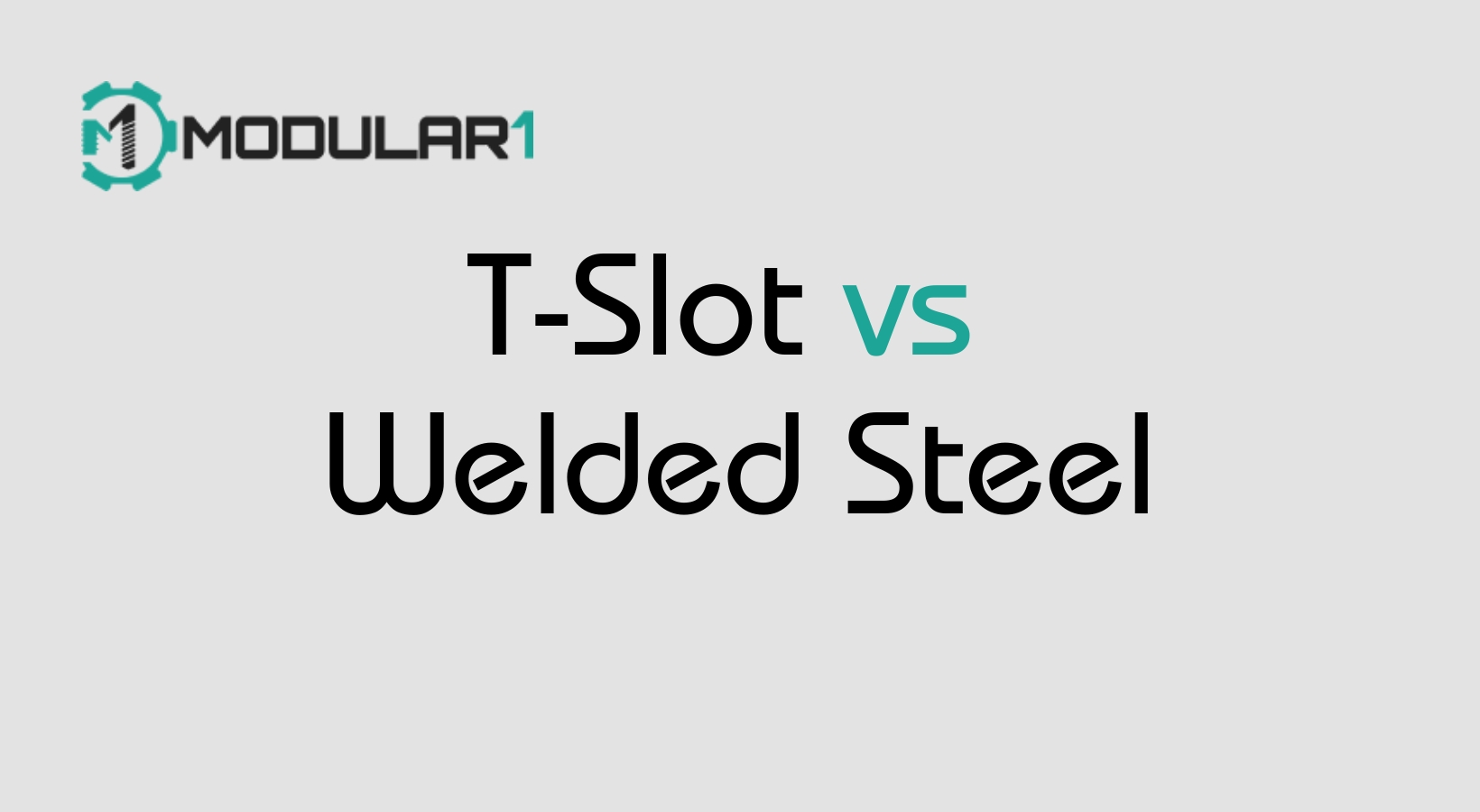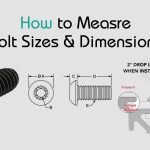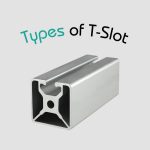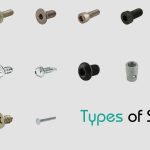T-Slot vs. Welded Steel: Which is Right for Your Project?

Choosing between T-slot aluminum and welded steel can make or break the efficiency, cost, and adaptability of your project. These two structural systems serve similar goals but differ greatly in how they’re built and used. Whether you’re a hobbyist, engineer, or manufacturer, knowing the strengths of each material is essential.
Let’s explore how each option stacks up and why Modular1’s T Slot Profiles are gaining traction across Australia.
What is T-Slot Aluminum Framing?
T-slot aluminum is a modular framing system with slots along its sides, enabling quick connections using specialized fasteners. It’s the LEGO of industrial building, perfect for projects needing frequent changes or expansions.
Features:
- Lightweight yet strong
- Easy assembly with minimal tools
- Ideal for prototyping and modular automation
- Customization without welding or painting
Companies like Modular1 offer precision-engineered T Slot Profiles, tailored to fit industrial automation, workstations, machine guarding, and even retail displays.
Understanding Welded Steel Structures
Welded steel is the classic workhorse, robust, unyielding, and permanent. Frames are built by cutting steel bars and welding them at junctions to form rigid structures.
Characteristics:
- Requires skilled labor and welding equipment
- Typically more durable under extreme weight
- Once built, structures are difficult to modify
- Ideal for static installations like building frames and permanent fixtures
Key Differences Between T-Slot and Welded Steel
| Aspect | T-Slot Aluminum | Welded Steel |
|---|---|---|
| Assembly | No welding needed | Requires welding |
| Tools | Hex wrench, fasteners | Welding equipment, grinder |
| Modification | Easy to modify | Not easily reconfigurable |
| Weight | Lightweight | Heavy |
| Finish | Anodized, ready-to-use | Requires painting or coating |
Installation Time and Complexity
T-slot frames can be assembled in minutes with just a few tools, while welded steel requires:
- Cutting
- Grinding
- Welding
- Cooling and curing
For dynamic projects or tight deadlines, T-slots dramatically cut build time.
Cost Comparison: T-Slot vs. Welded Steel
While steel may appear cheaper upfront, costs add up when considering:
- Skilled labor
- Specialized tools
- Finishing (painting, coating)
T-slots offer:
- Reusability (structures can be disassembled)
- Zero need for surface finishing
- Low ongoing maintenance
When using trusted suppliers like Modular1, T-slot profiles provide a cost-effective and long-term investment.
Durability and Strength Factors
Steel wins in sheer tensile strength, but T-slot aluminum holds its own with:
- Excellent resistance to corrosion
- Competitive load-bearing capabilities when designed correctly
- No rusting or paint chipping
With anodized finishes, Modular1 T-slot profiles offer lasting resilience, even in humid or industrial environments.
Customization and Flexibility
T-slot is unmatched for customization.
You can:
- Add panels, shelves, and accessories anytime
- Scale or reduce the structure easily
- Integrate wheels, sensors, or lighting
Unlike welded steel, you won’t need to cut or burn anything to change configurations.
Aesthetic Appeal and Design
T-slot structures have a sleek, modern look, ideal for tech-forward environments. Welded steel may look rougher unless finished with care.
- T-slot: High-tech, clean
- Welded steel: Industrial, robust
Maintenance and Longevity
Steel structures require:
- Repainting
- Inspection of weld joints
- Rust prevention
T-slot aluminum needs minimal upkeep:
- Occasional cleaning
- No corrosion
- Easily replaceable parts
Applications and Use Cases
| Use Case | Preferred Material |
|---|---|
| DIY Automation | T-Slot |
| Heavy-Duty Machinery Frame | Welded Steel |
| Retail Display Booths | T-Slot |
| Permanent Industrial Framework | Welded Steel |
| Rapid Prototyping | T-Slot |
Modular1 T Slot Profiles: Why They Lead the Market
Modular1 stands out with:
- Precision-crafted aluminum profiles suitable for Australian industries
- High-grade raw materials ensure durability
- Competitive pricing for both startups and large enterprises
- Wide range of compatible accessories
- Nationwide support and custom design consultation
Environmental Impact and Sustainability
T-slot framing:
- Fully recyclable aluminum
- No fumes or hazardous byproducts from welding
- Reusable for multiple projects
Welded steel:
- More waste due to permanent cuts and joints
- Higher energy consumption during fabrication
Safety Considerations
Steel:
- Sharp edges and heat zones from welding
- Risk of structural failure if welds are poor
T-slot:
- Smooth surfaces
- Minimal risk in assembly
- Compliant with workplace safety standards
When to Choose T-Slot Over Welded Steel
Choose T-slot if you:
- Need fast, modular assembly
- Plan future upgrades or changes
- Want a sleek, modern appearance
- Work with limited tools or budget
When Welded Steel Might Be Better
Opt for welded steel when:
- Load requirements exceed aluminum limits
- The structure is permanent
- A rugged, indestructible frame is critical
Conclusion
Both materials have their place, but T-slot aluminum framing is clearly the superior choice for dynamic, modern, and modular projects. Its ease of use, cost-efficiency, and clean aesthetics make it ideal for today’s fast-paced environments.
When sourced from Modular1, you not only get world-class materials but also local support and customization that align with Australian industrial needs.
Frequently Asked Questions
1. Can T-slot aluminum support heavy machinery?
2. Is the T-slot suitable for outdoor use?
3. Can you paint T-slot frames?
4. How do you connect T-slot profiles?
5. What industries use T-slot framing?
6. Can you combine T-slot with steel parts?





